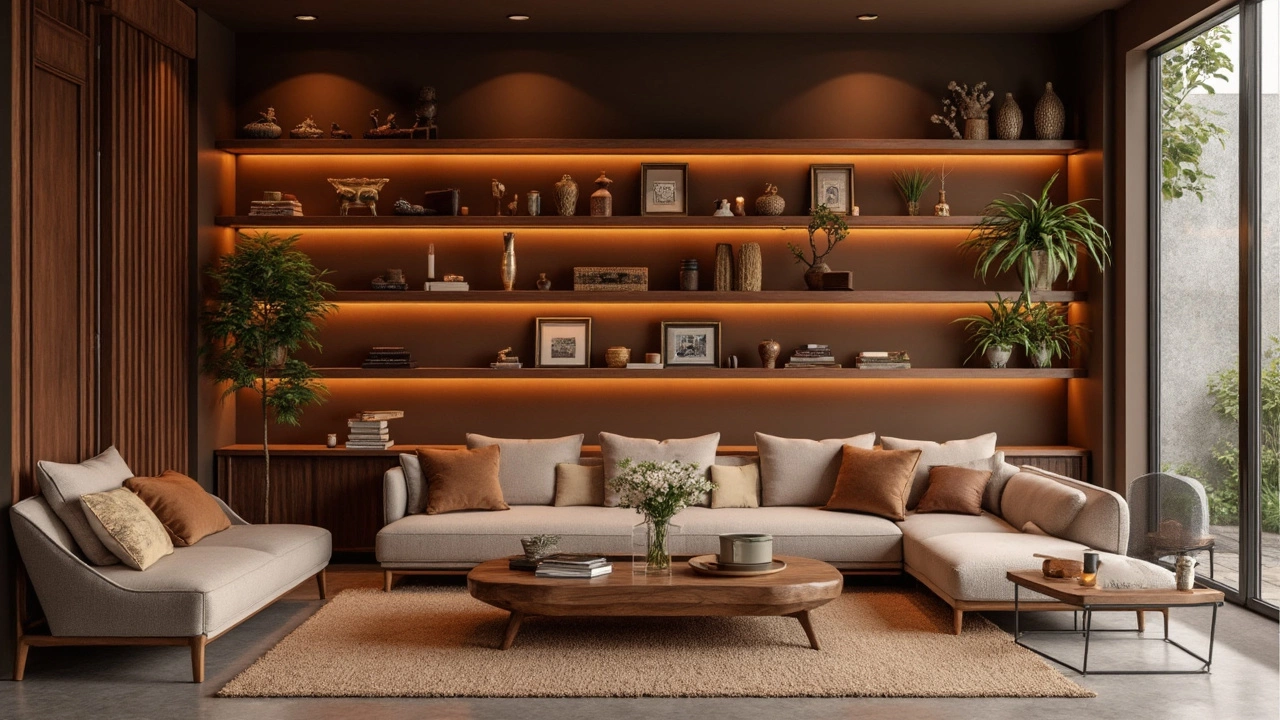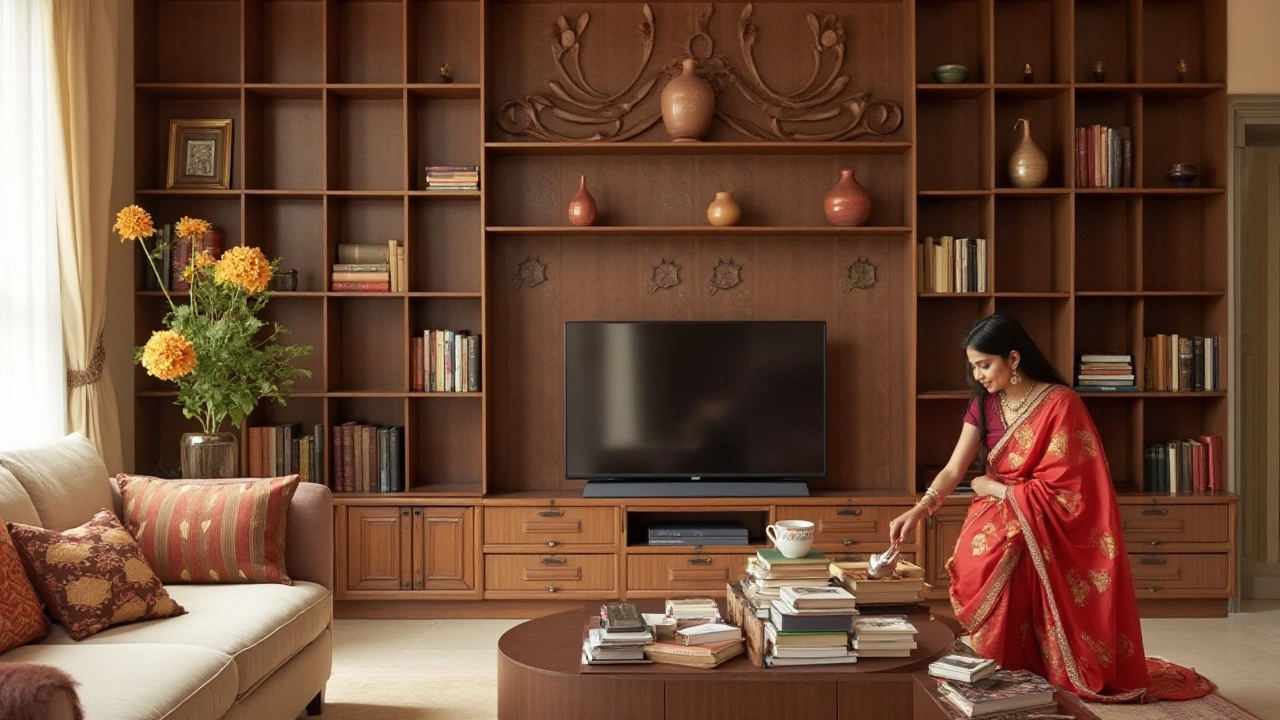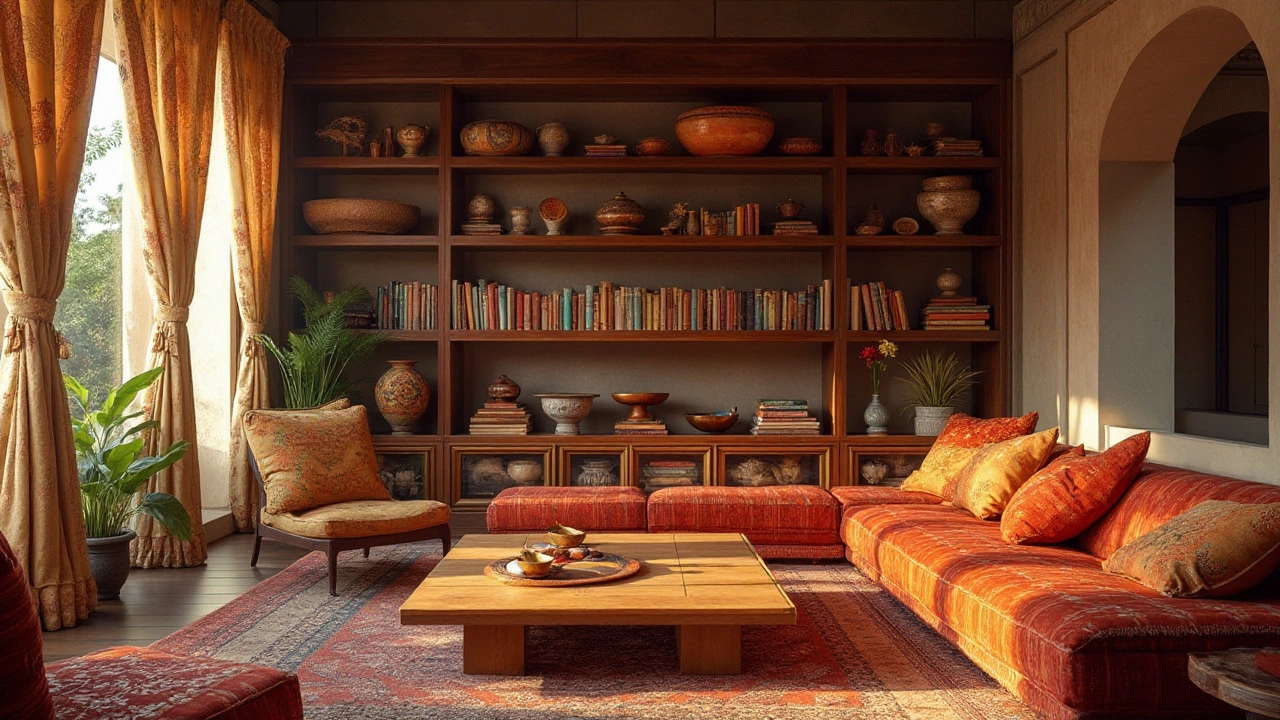Shelving Solutions: Save Money, Pick the Best Material, and Stay Stylish
Need more storage but don’t want to waste cash? Shelving can solve that, but the choices are endless. Below you’ll find straight‑forward advice on whether to buy or build, which materials give the most bang for your buck, and if floating shelves still look fresh.
Buy vs Build: Which Saves More?
First, ask yourself: do you have the tools and time to make shelves? If you own a drill, a saw, and a bit of patience, building can cut the price by half or more. Ready‑made shelves charge for design, packaging, and shipping. A simple DIY unit made from a sheet of MDF, a couple of brackets, and a drill can cost under $30, while a comparable store‑bought one may start at $60.
But DIY isn’t free of hidden costs. You’ll need sandpaper, paint or finish, and maybe extra hardware if the first try doesn’t fit. If you factor those in, the savings shrink but usually stay above 20 %.
For renters or people who move often, buying is safer. Store shelves are easy to disassemble and re‑assemble, while a custom build might need new holes or repairs in a new space. We recommend buying if you need a quick fix or have limited tools, and building if you enjoy a project and want to customize length, depth, or finish.
Best Shelf Materials: MDF, OSB, and More
MDF (medium‑density fibreboard) feels smooth, takes paint well, and resists warping. It’s great for indoor shelves that hold books, decor, or kitchen supplies. Cost‑wise, a 4 × 8‑foot sheet runs about $30‑$35.
OSB (oriented strand board) is made from compressed wood strands. It’s cheaper than MDF—roughly $20 for the same size—but its surface is rough and it absorbs moisture faster. OSB works well in utility rooms, garages, or any place where you won’t paint it often.
If you want a natural wood look, pine boards are affordable and lightweight. They hold about 40 lb per linear foot, which is fine for most home items. For heavy loads like kitchen appliances, consider plywood rated for shelving; it’s pricier but adds real strength.
When you pick a material, think about load, finish, and where the shelf will sit. A simple rule: if the shelf faces humidity, choose plywood or sealed MDF. If it’s a decorative piece, paint MDF or stain pine.
Floating Shelves – Trend or Tired?
Floating shelves have a sleek, invisible bracket look that many still love. The key to making them feel current is to avoid cheap, thin boards that sag. Use ¾‑inch MDF or solid wood, add sturdy hidden brackets, and keep the spacing balanced with the room’s scale.
Mix floating shelves with other storage types—like a wall‑mounted ladder rack—to break monotony. Pair them with a couple of art pieces or small plants for a curated vibe. If you’re worried about the trend fading, remember that a clean line never really goes out of style; it just needs good execution.
In short, shelving doesn’t have to be a mystery. Decide if buying or building matches your budget and time, pick a material that fits the load and location, and give floating shelves a smart finish if you like the look. With these basics, you can add useful storage that also looks good—without blowing your wallet.
$1 Bill Slang: The Surprising Lingo You Hear on the Shelves
Is it a buck, a single, or something else? Dive into the common and quirky slang terms for a $1 bill, especially in the fast-paced world of retail and shelving. Learn why these nicknames started, what they say about American culture, and how store employees use them every day. You'll pick up handy tips on handling cash at work, plus a few fun stories behind the greenback. Never get tripped up by money slang at your retail job again.
View MoreIs Shelving Singular or Plural? Grammar, Usage, and Real-World Tips
Wondering if 'shelving' is singular or plural? This article cracks open the grammar behind 'shelving,' explains where people get tripped up, and shows you how to use the word correctly at home or at work. You'll find out how to avoid everyday mistakes with practical examples and related tips. Plus, learn when to use 'shelves' instead. Get answers with easy explanations and real-life context—no stuffy grammar lessons.
View MoreShelving that Adds Home Value: The Surprising Impact
Enhancing home value is not just about big-ticket renovations; even the right shelving choices can make a significant difference. Functional and stylish shelving can declutter spaces, showcase design elements, and boost a property's appeal. This article explores the types of shelving that can add the most value and tips for integrating them seamlessly into your home decor.
View MoreExploring the Counterpart of 'Daddy': A Creative Dive into Shelving
The concept of a feminine counterpart to 'daddy' opens avenues not only in language but in the domains of identity and family roles. This article navigates the potential of adding a touch of creativity and balance to home organization, inspired by this exploration. Shelving becomes a metaphorical and literal expression, showcasing the female influence in structuring spaces. Tips on integrating feminine elements into your shelving without compromising on practicality are shared. Understand how gender roles influence home aesthetics and functionality in unexpected ways.
View MoreTop Factors Affecting Property Value Related to Shelving Layouts
The value of a property can be influenced by various factors, and shelving is often one of the overlooked elements. Poorly designed shelving solutions, disruptive placements, and unappealing aesthetics can decrease the perceived value of a home. This article explores the common shelving mistakes homeowners make and provides practical tips for enhancing the appeal and functionality of shelving arrangements in homes.
View More








